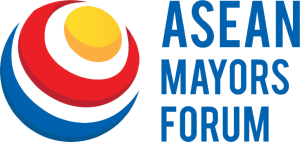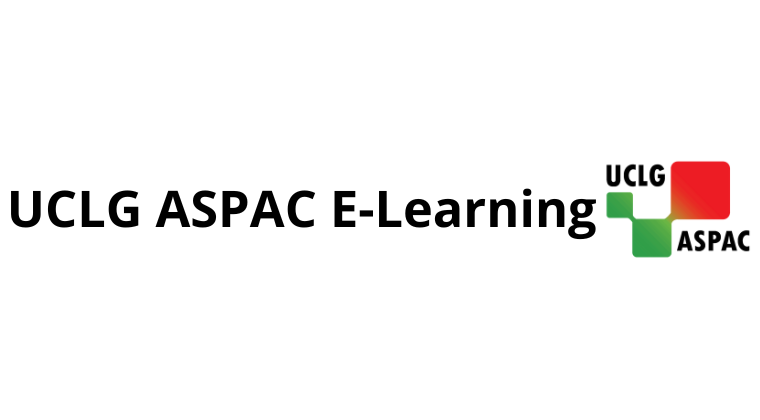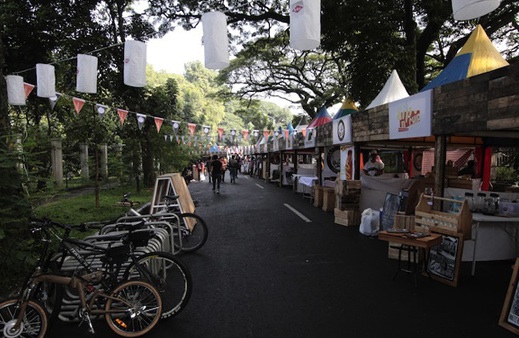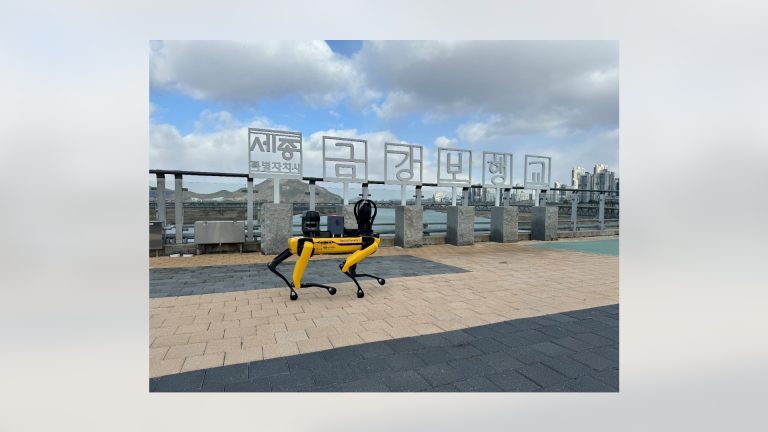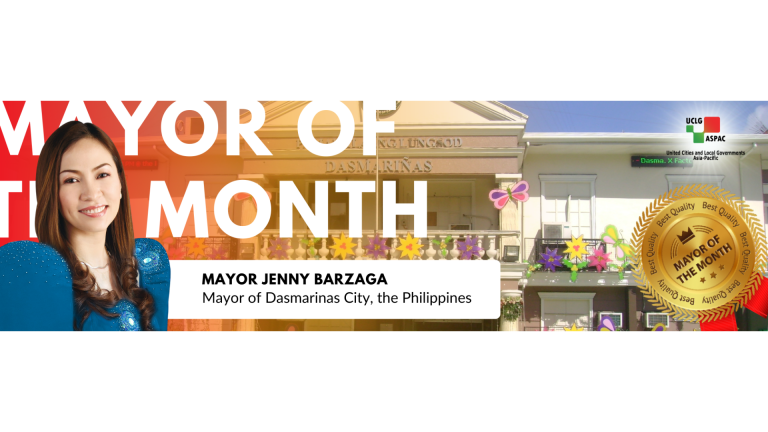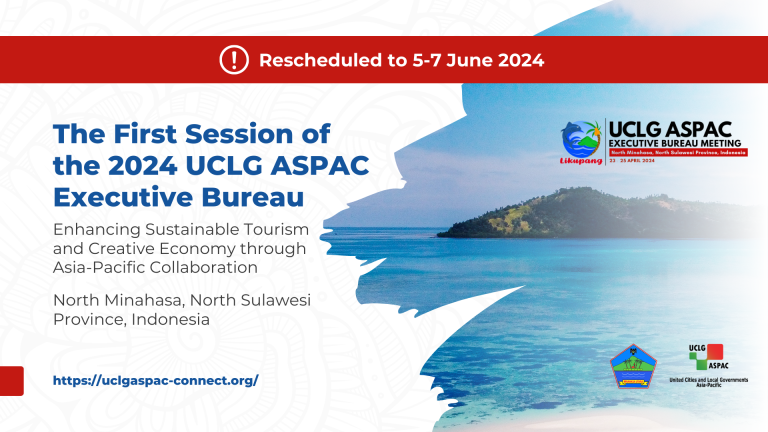FROM the moment I opened the email that contained the internship acceptance letter welcoming me to the UCLG ASPAC Secretariat in Jakarta, I knew this was going to be a life changing experience and sure enough, it was. UCLG ASPAC immediately took a sincere vested interest in my passion for urban design and community engagement and was given the opportunity to work on urban green space, urban safety and local economic development.
UCLG ASPAC also assisted me to create opportunities where I could learn, grow and experience these issues first hand. One such opportunity arose during a visit from the founders of the incredible UN and UCLG ASPAC-supported project called “Towards the Human City,” who were doing some filming here at UCLG ASPAC Secretariat in Central Jakarta. The purpose for their visit to Indonesia, is part of project that covers five continents, 36 cities in 12 months focusing on over 100 initiatives that encompass everything from health and education to public space and safety. Everything started when they had the idea to produce a documentary that shows the world that these projects are making cities more human.
The next filming destination of the project, was going to be in Bandung, West Java. The reason Bandung was chosen was because they arranged a meeting with the Mayor Ridwan Kamil, to focus mainly on the topic of local initiatives such as the urban gardens, thematic parks and use of public space, useful for their project in the extent that this visit was going to provide information on how as Mayor and also a citizen of Bandung these initiatives were creating a more human and liveable city.
I was fortunate enough to join the Towards the Human City team to travel with them and personally meet the Mayor. Given my interest in urban design, it was an invaluable experience to be present during the filming of the interview where Mayor Ridwan Kamil discussed examples and visions for community engagement, happiness and safety through efficient and creative public space and urban design. “A great love for the city I was born, “ said the Mayor, “raised and now given the opportunity to govern, fuels my passion to have a city that is innovative, well designed but most importantly happy.”
Mayor Ridwan Kamil was very enthusiastic to share his new endeavour to create a more efficient public transportation system including a monorail and cable carts to create better accessibility and mobility between the mountain ranges. Towards the Human City discussed with the Mayor the concept and success of Bandung’s thematic parks and urban gardens. It was very exciting and something I could take back to contribute towards my research within UCLG ASPAC.
Bandung and the use of thematic parks and urban gardens, was just one of the three case studies analysed in my research. The second case study was taken from Bangkok, where urban green spaces are designed to serve multiple functions, such as assisting with flood resilience as well as being cosmetically pleasing.
The third case study was the Mangrove Reservation in North Jakarta. Building strong mangrove barriers is vital for coastal cities, as they can protect and sustain urban areas through a variety of different methods. For me a key part of achieving safety, high economic growth and more liveable cities is through the use of sustainable urban design.
Developing more accessible and visible open/public/green spaces stimulates communities to connect with each other and landscape. Innovative urban design inspires communities to use urban spaces creatively and gives citizens the opportunity and freedom to be entrepreneurial, which can stimulate local economic growth through hosting cultural or entertainment events, markets, hobby parks, arts and sports, which all have the capacity to give cities a platform that introduces them to a national and global audience in a positive way.
Smart urban design also leads to urban safety through investing in better pedestrian and bicycle pathways, roads, green spaces and participation. This gives local governments an opportunity to reach out to those that are marginalised and vulnerable in the community and offer a better quality of life.
This issue has become a key theme in the Urban World Forum “Urban Quality in Development-Cities for Life,” created by the United Nations Human Settlements Programme (UN-HABITAT).
Connecting urban design to safety is a concept that’s still under-utilized by most local officials and even urban planners. But some cities are beginning to emerge as leaders in this space. UCLG ASPAC could be part of this leading movement by assisting local governments bring to life different projects and better urban design management across Asia Pacific. (C. Chesterfield)
Photo credit: http://popupcity.net/reclaim-the-street-eat/

